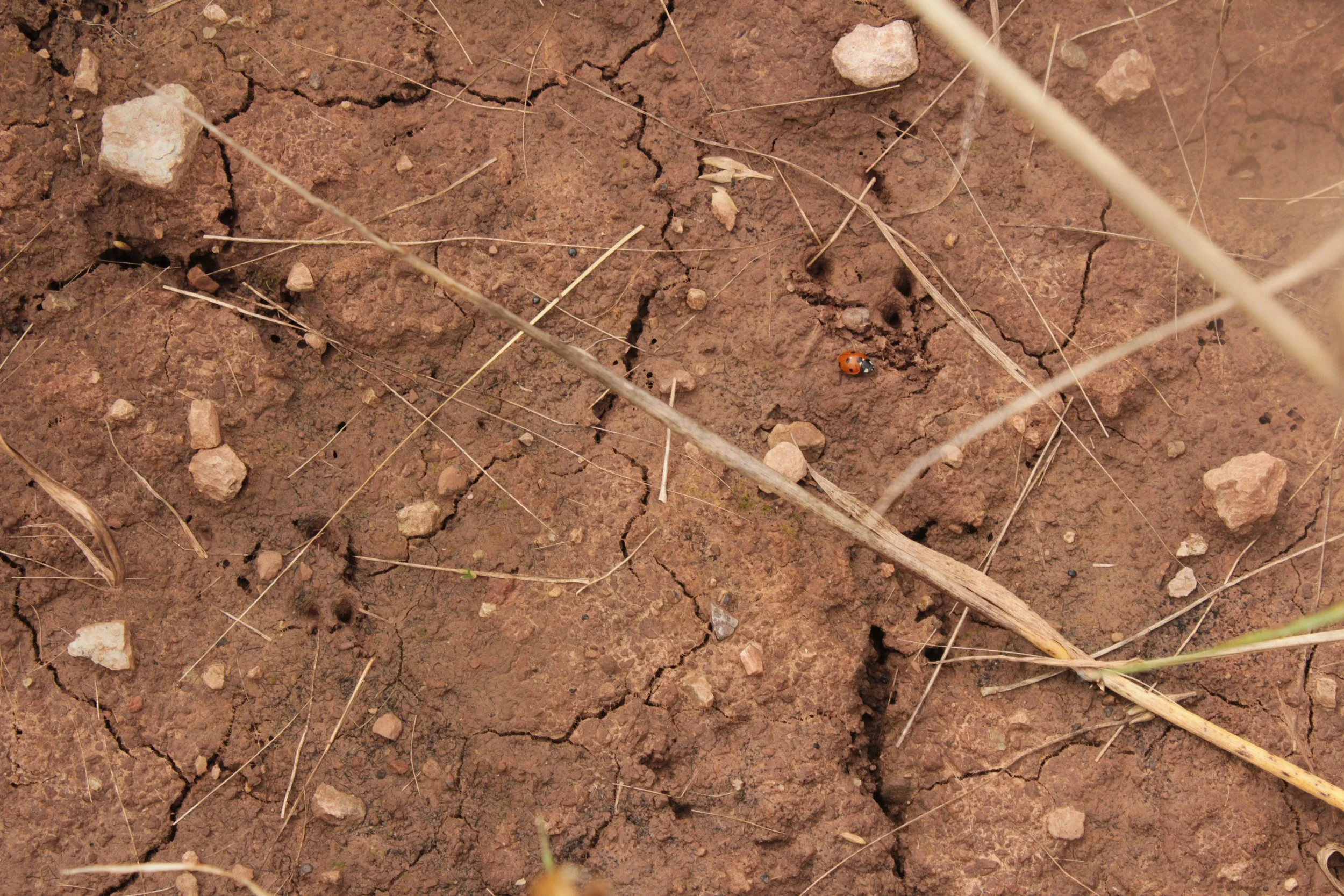Home / British mammals / Water shrew
Water shrew
Scientific name: Neomys fodiens
Britain's largest shrew has dense black fur above and contrasting off-white fur underneath. The water shrew is found throughout mainland Britain and larger islands but is absent from Ireland, the Scillies, and the Channel Islands.
Taxonomy chart
Animalia - Chordata - Mammalia - Eulipotyphla - Soricidae - Neomys - Neomys fodiens
Conservation status: UK Red List
GB: Least Concern
England: Least Concern
Scotland: Least Concern
Wales: Least Concern
Global: Least Concern
Species information
Habitat: Rivers and wetland, mixed woodland.
Description: The water shrew is the largest of Britain’s shrews. They have a long pointed snout, small ears, and tiny eyes. The fur is short, dense, velvety and jet black on the upper surface of the body, and usually greyish white/ yellowish underneath. Most have a tuft of white hairs on ears and white hairs around eyes. Distinctive stiff white hairs on the margins of the feet, and underside of the tail forming a keel.
Size: 67-96mm, tail 45-77mm.
Weight: 12-18g.
Lifespan: Short lives lasting no more than about 19 months.
Origin and distribution
The water shrew is found throughout mainland Britain but is probably rather local in northern Scotland. They are present on many of our larger islands, including the Isle of Wight, Anglesey, Arran, Skye and Mull but absent from Ireland, the Scillies and Channel Islands. They are semi-aquatic and most often found in habitats close to water, including the banks of streams, rivers, ponds, drainage ditches, reed-beds and fens. They are particularly numerous at water-cress beds. Occasionally they are found far from water in rough grasslands, scrub, woodlands and hedgerows, usually as young are dispersing. They have low populations densities compared with most small mammals.
Diet
Their main food source is freshwater shrimps, water skaters and caddis larvae which they obtain by diving and hunting underwater. Occasionally frogs, newts and small fish are eaten. They also feed on many terrestrial invertebrates such as earthworms, snails and beetles.
General ecology
Water shrews inhabit burrows and come out to feed on invertebrates. The water shrew is most unusual amongst mammals in possessing venomous saliva. A mild toxin secreted into the saliva in the mouth helps to stun the prey. Even humans can feel the effects of this if bitten by a water shrew. Even though the shrew’s bite rarely punctures the skin, a red rash appears at the site of the bite which is sore to touch. They do not hibernate; they remain active all through the year, diving for aquatic prey even in mid-winter. The fur is denser than in other shrews, efficiently insulating them against cold and wet.
Breeding
Water shrews are generally solitary, each maintaining its own territory, although they frequently live in close proximity to each other in a favoured area of stream-bank. They breed throughout the summer producing two to three litters, each with 3-15 young, between April and September. Females produce their young in a nest woven from dry grass, usually in a burrow or under a log. After breeding the adults die-off and the young shrews carry the population through the winter before becoming sexually mature the following spring, ready to breed in the summer following their birth.
Conservation status
Because water shrews are never very abundant, it is difficult to tell if their populations are under threat. They are still numerous in many sites where long-term studies have been conducted. The likely reasons for any decline in their numbers are habitat loss and water pollution. While they can tolerate a good deal of disturbance from human activities, drainage schemes and river-bank clearance may adversely affect them by altering the water supply, reducing their food supplies, destroying their burrows and the vegetation cover. They are very vulnerable to pollutants and pesticides in the water which they ingest indirectly via their prey and directly through their grooming activities.
Identification
Black fur on top, silver/grey fur underneath. Larger than other shrew species. Long pointed snout with small ears and tiny eyes. On closer inspection, has fringe of stiff silver hairs on underside of tail. Can be spotted in water, a competent swimmer. Head and body length 6-10cm, tail length 4-8cm.
Download resources
Confusion species
Common shrew (Sorex araneus)
Larger size than pygmy shrew. Tri-coloured coat; dark back, paler sides and even paler underside, as opposed to two-tone coat of pygmy. If you get a closer look: tail proportionately shorter than pygmy and less domed head.
Pygmy shrew (Sorex minutus)
Much smaller than water shrew. Pygmy has a brown coat, unlike water shrew’s coat which is black on top with a pale (often white) underside. Less likely to be seen diving & swimming. If you get a closer look: much hairier tail with no keel of silvery hairs on underside, like water shrew has. Pygmy also has a more domed head.
Mice
Mice have proportionately much larger, more prominent eyes and ears than shrews (shrews have tiny eyes). Shrews have a much narrower more pointed muzzle than mice species. Mice have longer tails.
Voles
Voles are generally larger than shrews with much more rounded muzzles, shrews have a very pointed narrow muzzle. Voles and shrews both have subtle ears. Shrews have tiny eyes, much smaller than those of voles.
Identify sounds
Heard a curious animal sound but no idea whose making it?
Wildlife identification FAQ
Still not sure what you’ve found? Head over to our FAQ for an answer.









